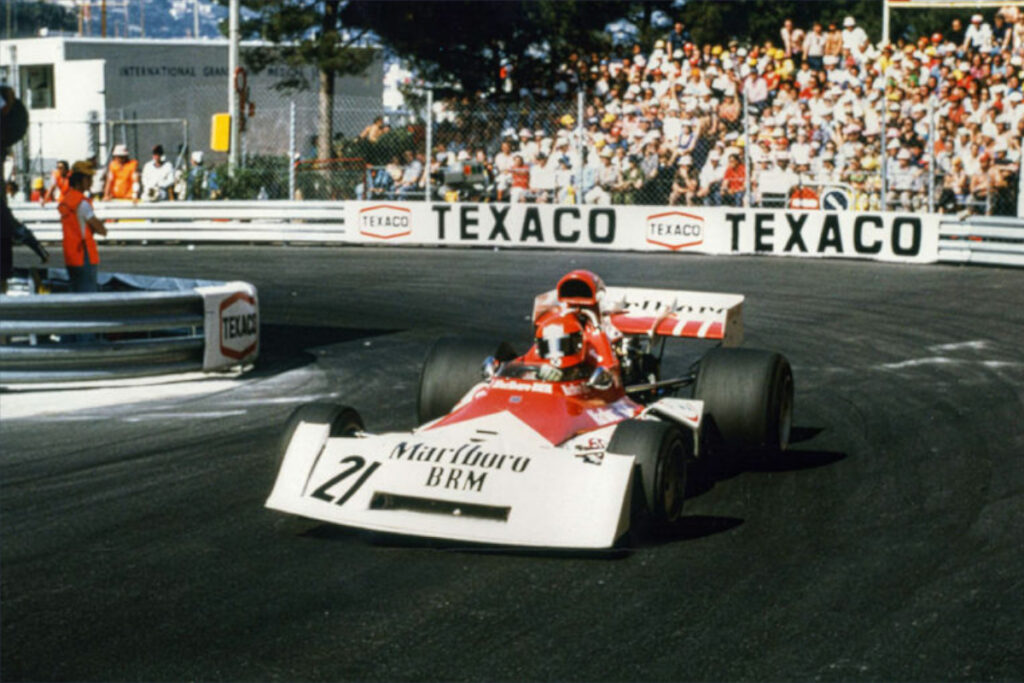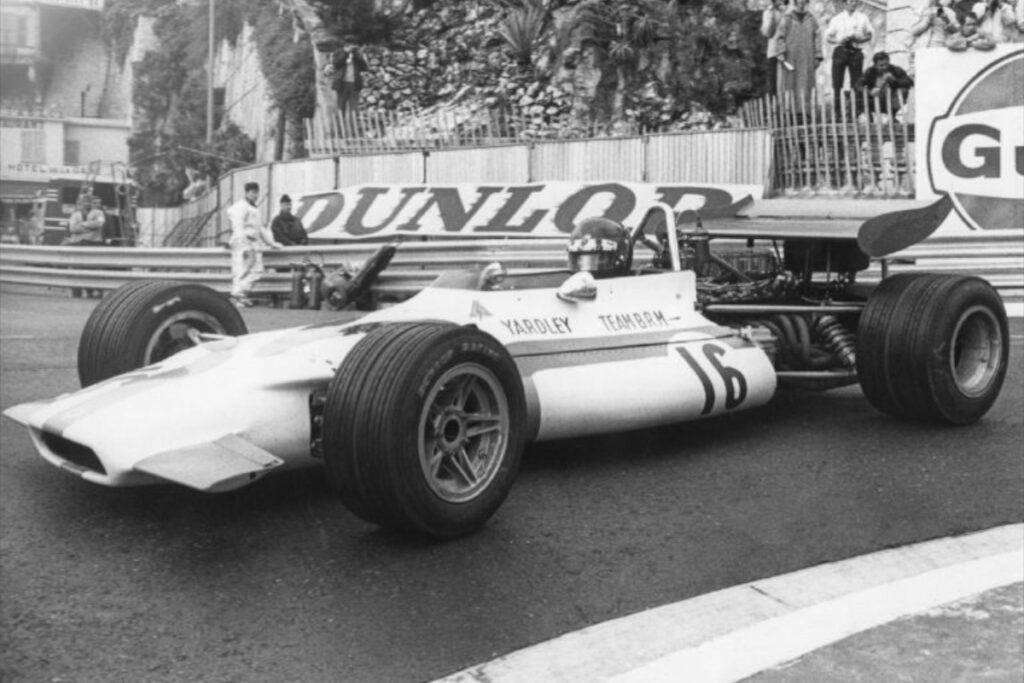THE CARS
BRM designed and built some of the most beautiful racing cars ever to grace the circuit. From the fearsome power of the V16 to the simplicity of the P25 which secured BRM’s first Grand Prix victory and represented the front-engine cars of the 1950s. The 1960s saw the switch to rear-engine cars and Hill’s legendary P578 ‘Old Faithful’ brought BRM’s World Constructors’ Championship and his own inaugural Drivers’ Championship. In 1964, the beautiful P261 became BRM’s most successful car before the advent of the H16 and the powerful V12s, including the P153 and Lauda’s distinctive Marlboro BRM P160. The Motul P201 was BRM’s final factory produced car.







